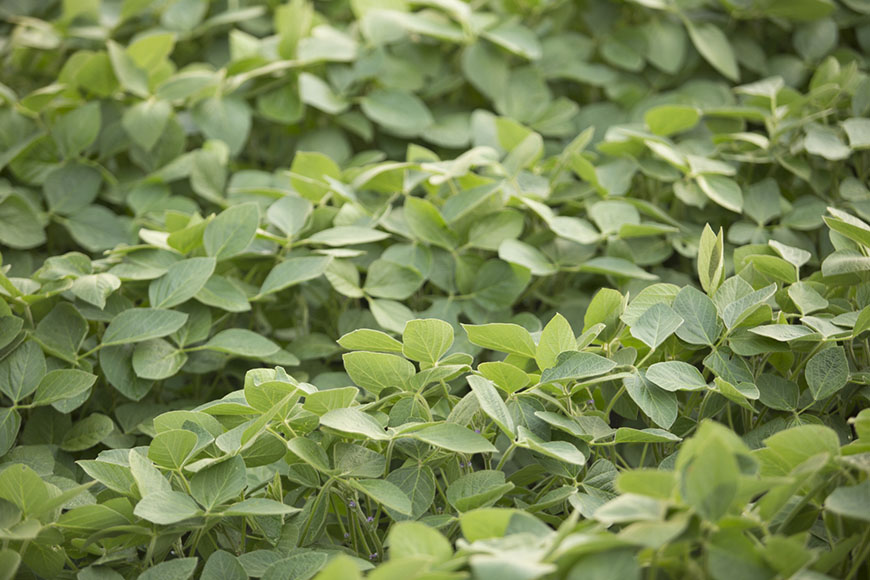Plant Nutrition Takes Top Priority

Cool, Wet Spring Comes to a Close
The cool, wet weather that delayed planting in the southern part of the Midwest has led to spotty soybean emergence in Illinois and Ohio. In Iowa, residue management has played a larger role in soybean emergence. And many farmers in Minnesota had to replant soybeans after a frost event three weeks ago, causing growth delays in this region. However, despite challenging planting conditions, the plants that have emerged are growing well.
At this point, farmers are encouraged to scout for weeds, which seem to be the only plants taking advantage of the cold, damp spring. Agronomists in Wisconsin have seen fast-growing lambsquarters and giant ragweed as tall as 20 inches in some fields.
Last Chance for Nutrient Applications
Corn is picking up speed, with most fields across the Midwest measuring between V4 and V8. Corn takes up the majority of its nutrients during these stages, so now is the time to pay close attention to nutrient deficiencies in this crop.
In general, tissue samples have been showing macronutrient deficiencies in plants. Minnesota, Wisconsin, Illinois and Ohio have deficiencies in zinc, boron and potassium, while agronomists in Indiana have noticed sulfur deficiencies. Nitrogen deficiencies are common throughout the Midwest, and can be combatted by side-dressing during this time.
The cool, wet weather that delayed planting in the southern part of the Midwest has led to spotty soybean emergence in Illinois and Ohio. In Iowa, residue management has played a larger role in soybean emergence. And many farmers in Minnesota had to replant soybeans after a frost event three weeks ago, causing growth delays in this region. However, despite challenging planting conditions, the plants that have emerged are growing well.
At this point, farmers are encouraged to scout for weeds, which seem to be the only plants taking advantage of the cold, damp spring. Agronomists in Wisconsin have seen fast-growing lambsquarters and giant ragweed as tall as 20 inches in some fields.
Last Chance for Nutrient Applications
Corn is picking up speed, with most fields across the Midwest measuring between V4 and V8. Corn takes up the majority of its nutrients during these stages, so now is the time to pay close attention to nutrient deficiencies in this crop.
In general, tissue samples have been showing macronutrient deficiencies in plants. Minnesota, Wisconsin, Illinois and Ohio have deficiencies in zinc, boron and potassium, while agronomists in Indiana have noticed sulfur deficiencies. Nitrogen deficiencies are common throughout the Midwest, and can be combatted by side-dressing during this time.

